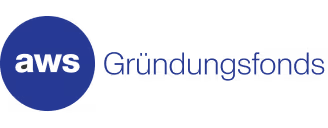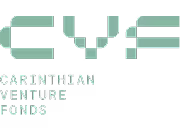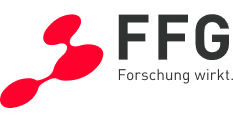Outbound Sales - Playbook
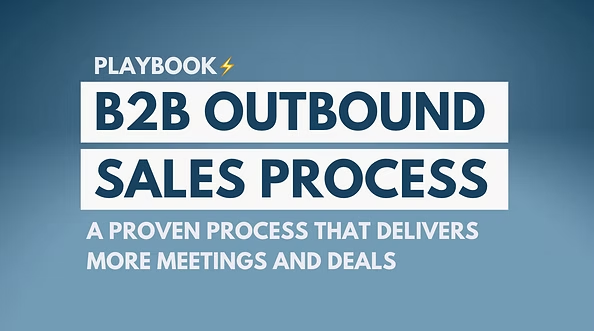
Welcome to this blog post, you are on the right page if you wanna grow your business, book more sales meetings and generate more revenue. 🙌
Outbound Sales is a great way to achieve growth, but it's not easy to set up.
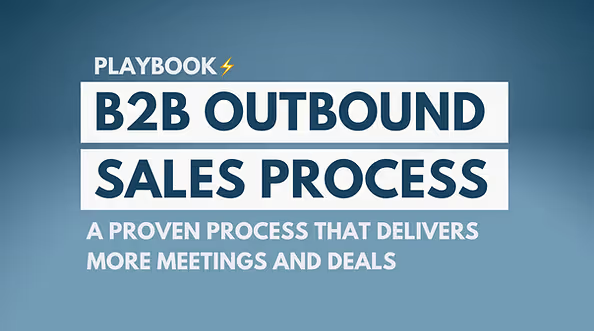
The following blog post will help you to understand what outbound sales is, and why it is so important and provides you with 8 simple steps to set up your outbound process.
Furthermore, in the end, you can have a look at the full outbound sales playbook so you can apply all tactics we used in a step-by-step guide.
First of all, what is outbound sales?
It's the opposite of inbound. OBVIOUSLY 😅
Inbound is every prospect that actively reaches out to you. They reach you via different channels such as social, websites, etc. Usually, it takes a long time to get this right and get this set up.
With Sales Outbound you are taking your destiny into your own hands AND it's proven to deliver quicker results than inbound.
Cold emailing, cold LinkedIn, and cold calling can be all defined as outbound sales. Furthermore, even sending postcards counts towards outbound sales.
Second, why is outbound sales so important?
If you wanna grow your business fast and with the right customers, there is simply no way around outbound. Reaching the right prospects is the #1 reason why every business should invest in outbound. Especially, if your brand isn't established yet you have to reach potential customers somehow.
But, cold outbound tactics can be very hard and can fail many times because of a missing relationship with the prospects. So it's very important to build up that relationship.
Since COVID-19 the world became too noisy.
So just contacting random people won't help you or your business. But giving up is no option either.
You would miss out on a big opportunity. Only cold calling and cold emailing isn't enough anymore today. You have to put more effort into outbound sales, enhance your skills and be more persistent than ever before.
Outbound Sales in 2022
Outbound sales in 2022 is teamwork between different departments and channels. Today there are more channels that you can leverage and or mix with other campaigns than ever before.
Here is just a short list of some of them:
- Email Outbound (Sequences)
- Leverage Whatsapp
- Cold Calling
- Engage on Social
- Engage in forums and groups
- Leverage Events
- Email Signatures
- Paid Social
- Retargeting
- etc.
In this blog post, we will be focusing on email outbound and sequencing, cold calling as well as on cold LinkedIn outreach.
Step 1: Process Definition
You can't improve, what you can't measure. This is most important.
Why? Once you have the process set up you know what to measure, and you can improve it.
The first time building up outbound sales can be quite tricky so let's look into how to build up the process.
Define roles
In B2B SaaS sales teams the Business Development Representative (= BDR) is responsible for generating new business. The main responsibility of the BDR is to contact people via email, LinkedIn, and phone. The goal is to get some first interest so the BDR can handover qualified leads to an Account Executive (= AE).
The AE is responsible for closing deals and moving the BDR-generated leads in the sales funnel forward.
If your ACV is very small (< €10k) the BDR and AE function can be the same and responsible for opening up deals and also closing deals.
Define the steps in the pipeline
A typical outbound sales process can look like the following:

In the acquisition pipeline, there are typically 5 steps:
- Target: Here all your prospects should come in that anyone on your team should be contacting. This is more or less an idea spot with the right people and right companies.
- Qualifying or working or in progress: This is where the real work is happening. All leads in this funnel are actively contacted via email, LinkedIn, and phone. For certain leads it can be automated messages, for others it can be manual messages, this heavily depends on the different personas you are reaching out to.
- In Contact: Once you get something back from your emails, LinkedIn activities or cold calls make sure you have a stage where you have all people that answered one of your activities. This is very important as you wanna check negative and positive responses from prospects to adapt and change your campaigns.
- Meeting scheduled: Once your team has scheduled a meeting, but the leads into this stage. At this stage, you wanna make sure that the meeting happens. I recommend sending out meeting reminders and a detailed agenda. Find more details about this topic in our Meeting Management Playbook.
- Meeting completed: Once the meeting is completed, move the leads into this stage. Here you wanna make sure that you gathered the necessary information within the qualification process.
In the direct sales or closing pipeline there are also typically 5 steps:
- Needs analysis: If a lead is in this stage, it is typically a sales accepted opportunity by the Account Executive. This means that the BDR did a fantastic job in generating business with someone who is interested in moving forward with you. Typically this is when there is a fit and a clear need for your solution.
- Offer presentation: In this stage, you formally present your offer. Ideally including decision makers, so you can get direct feedback about the offer. All relevant information you should have gotten already in the sales stage before.
- Negotiation: In this stage typically the contract negotiation happens. This means when everyone agreed on doing business together, but certain legal, payment, or other terms aren't fully defined yet. But in general, there is consensus on price and working together.
- Get Signature: This is when you and your prospect agreed on everything and you are sending out the formal offer for signature.
- Closed Won: You closed this lead/opportunity, congratulations!
Note: Depending on the complexity of your product and the ACV as well as the sales cycle it can be to remove or add additional steps to the funnel.
Metrics, Goals, and Activity Targets
After you have successfully set up the process and the pipeline stages, you can define metrics and goals. It's important to set some goals upfront so every one of your team members works towards a certain goal. The metrics and the goals depend heavily on the size of your opportunities as well as the sales cycles and complexity of sales.
Funnel Targets
For B2B SaaS companies with an ACV between €15k and €100k I suggest the following metrics:
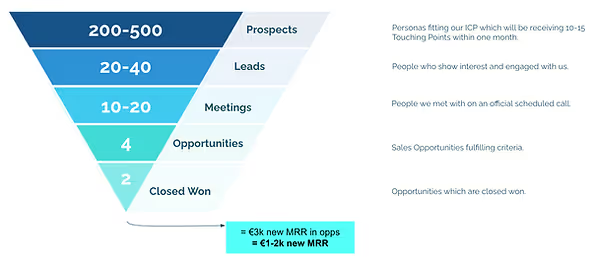
We suggest identifying at least 200-500 high-value prospects per month.
Depending on your cadences this would mean monthly activities for your team of between 1,000 and 10,000 manual as well as automated activities.
A typical cadence should include at least 10 steps over the course of a month. Depending on the people you reach out to the automation can be as high as 90%.
So what activity targets should you use to hit your goals?
Activity Targets
Based on a great webinar by Alpha Owens, Director of Outbound Sales @ Twilio we have identified the following activity targets:
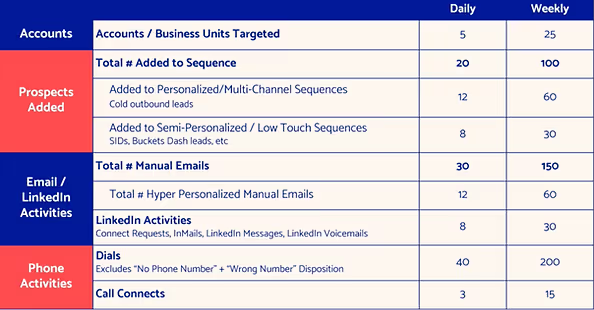
The mix between adding people to personalized/multi-channel sequences and semi-personalized/low-touch sequences should vary depending on your ideal customer profile.
Overview per BDR
All of the above will then lead to the following table you can build up for your outbound team:
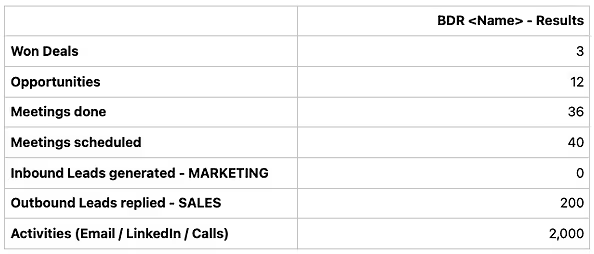
Compensation for BDRs
I really like it to compensate in points. In this way, you can be flexible and incentive the team on the right metrics. Furthermore, with points, you can be flexible when you need to change something.
Here is an example compensation model in points:
⚡️ Get 50 points per month*)
- Meeting completed= 1 Point for BDR
- Clarification = Meeting completed + Sales opportunity for AE= +2 Points for BDR and AE works on deal
Realistic Example to get 25 points:
Goals
30 meetings completed = 30 pts 10 deals in Needs analysis = 20 pts
Example of a successful day of an Outbound BDR
1) ⚡️ Add at least 20 new prospects into sequence / dayProspect specific people as defined in the target account list
2) ⚡️ Follow up on specific people and get in touch with them via different channels
3) At the end of the day you should have accomplished
⚡ 2 meetings booked
⚡ 70 manual activities
- Calls, Email Follow-ups, LinkedIn
⚡ Added at least 20 new people into outreach tool sequences
Fazit
Take your time to define the outbound process on a high-level. It's important to have clarity about who needs to do what and what you expect from everyone on the team.
Furthermore, make sure to build up a measurement that is transparent and easy. I recommend using the reporting of certain outreach tools, e.g. Outreach.io, Lemlist, etc. or doing it if possible directly within your CRM but with different sales pipelines.
Make also sure you build up the theoretical framework first, roll it out to your team and adapt it along the way. Make sure you measure what matters so you see what's actually going on with outbound.
What's next?
Within one of our next blog posts, we are going to focus on building up the Ideal Customer Profile including target accounts and target personas. Besides building up the process, the definition of the Ideal Customer Profile is the most important part of building up outbound sales.
If you don't have the right Ideal Customer Profile, even increasing your activities won't help you.
Have a look on our full playbook about how to build up outbound sales the right way including step-by-step instructions as well as videos and templates. 👇
Stay tuned, Gerald
FAQs

This is some text inside of a div block.

This is some text inside of a div block.

This is some text inside of a div block.

This is some text inside of a div block.

This is some text inside of a div block.


Your sales team deserves clarity instead of guessing games
With our AI revenue intelligence platform, we help innovative sales teams make better decisions and close more deals. Experience the difference:
Deep customer understanding
Identify why customers buy or what prevents them from doing so – from all conversations
Objective forecasts
Finally make decisions based on hard facts instead of gut feeling
Deal prioritization
Focus your team on the opportunities with the highest potential










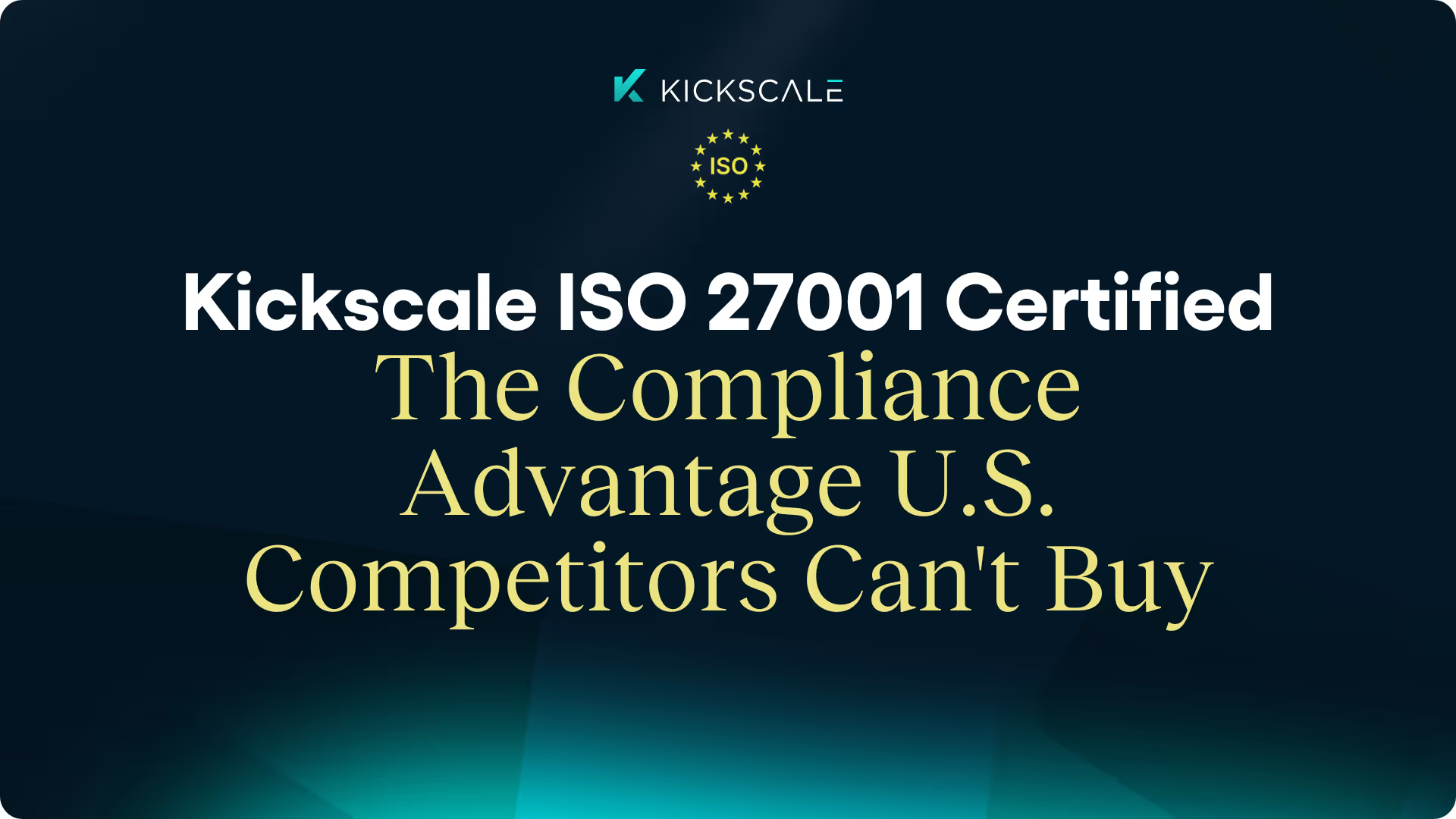

.avif)


